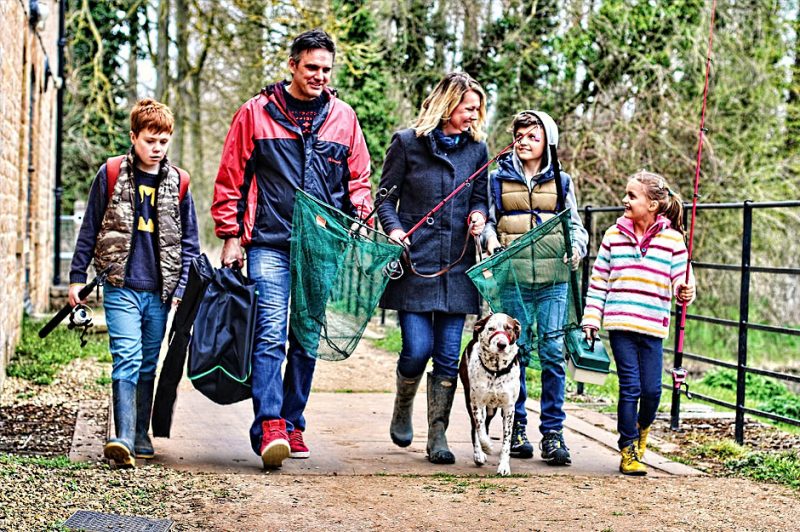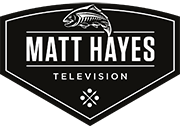
A to Z for beginners
Fishing terms made simple
A is for AAA. Known as ‘treble A’ it is a large size of shot used in float fishing. The big shots normally lock waggler floats onto the line providing the casting weight.
B is for bait band. This is a small rubber band that normally goes around a small hard pellet i.e. 4-8mm. This band can then be slipped onto your hook allowing you to fish the hard pellet as a bait.
C is for casters. When a maggot progresses in its life cycle it will turn into a caster. In the early stages casters will still sink like a maggot. They are golden/red in colour. Casters are a very good bait for many species often being selective in catching better specimens.
D is for drag. This is situated on the front or rear of your reel and is essentially the clutch. One key skill in fishing is catching a fish bigger than the breaking strain of your line. This is achieved by carefully playing the fish until it is ready for the net. During the playing process the prize specimen may charge off with great power, if your drag is set correctly you reel will be able to give line to the bolting fish preventing breakage.
E is for eel. Eels are found in lakes, rivers and canals across the country and in recent years they have declined in number. Please look after eels and return them safely to the water. They can wriggle and be difficult to hold. If you find this then lay them on their back – this stuns them and makes the fish easier to handle.
F is for fluorocarbon. This is a kind of material often used to make hook lengths (the last section of line that attaches to the hook) as experts believe it is almost invisible in water and will help fool fish. It is also abrasion resistant.
G is for grinner. There are many knots that can be used in fishing and the grinner is simple
enough to master and well worth learning.
H is for hair rig. This was developed to allow fishermen to use large, hard baits that would be awkward to put straight on the hook. Instead, the bait is threaded onto the hair and sits just below the hook. When a fish such as a carp or barbel sucks in the bait, the hook is free to get a good, firm hold in its mouth.
I is for inshore. This is a style of boat fishing on the sea
which is close to land.
J is for jigging. This is a popular style of fishing for predators in both freshwater and saltwater. In basic terms it means casting out a small rubber style bait that may resemble a fish or a worm, and flicking the rod tip (jigging) so the lure looks like it has come to life.
K is for keepnet. Always use a fish-friendly soft mesh and full extend it so the fish have plenty of room to swim about. Alternatively just release the fish straight away.
L is for landing net. You must have one of these as it will assist when you catch larger hand-size and above fish. Don’t drag them into the bank, bring them to the margin and scoop them safely in the net.
M is for mono – a shortened version of monofilament which is a term which describes standard fishing line.
N is for nymph, an insect in its immature state that is yet to hatch and become airborne. Nymphs provide a great source of food.
Ois for olivette, a weight used by pole fishermen instead of non toxic shot.
